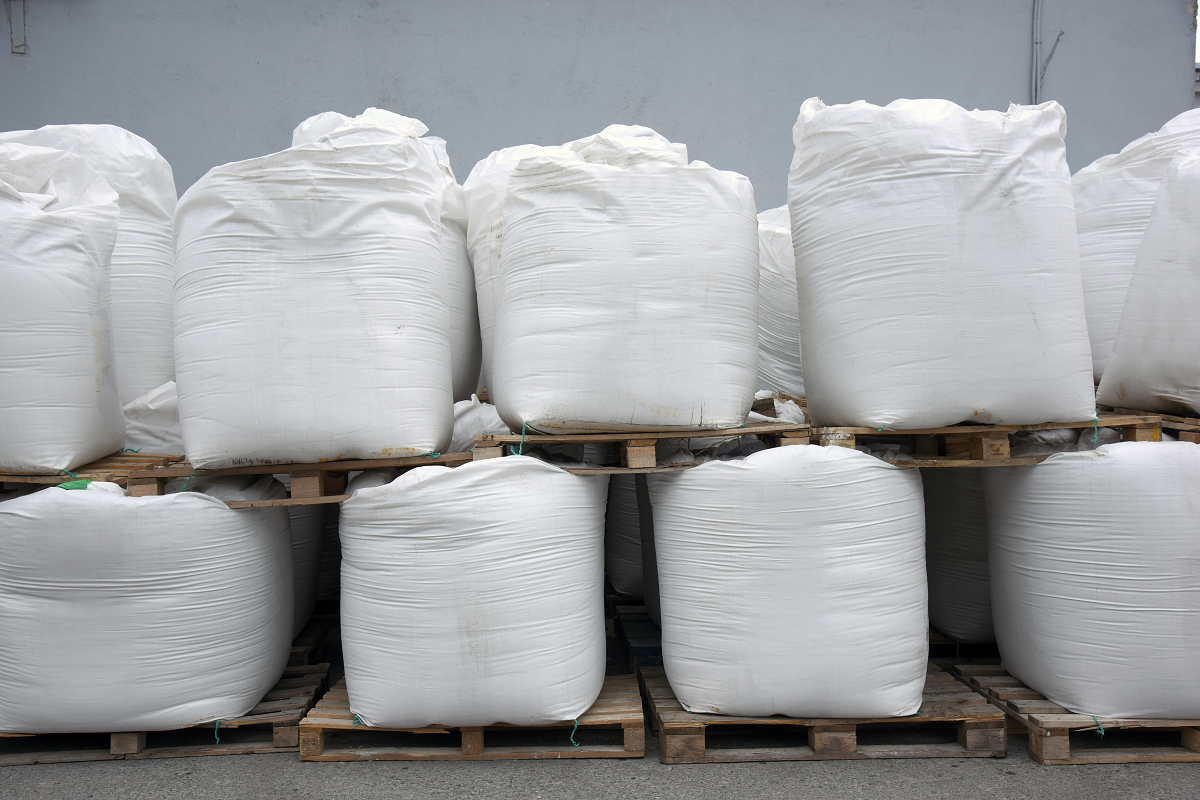Commodity Chemicals and Industrial Chemicals
“Commodity chemicals” is a phrase that you may hear frequently in relation to the chemical industry. But are commodity chemicals considered industrial chemicals? As it turns out, they are!
However, commodity chemicals are not the only type of industrial chemical. There are two other major types: specialty chemicals and fine chemicals. Each of these categories of industrial chemicals is characterized by certain traits. Read on to discover the differences and similarities between these three classifications of industrial chemicals.
Commodity, Specialty, and Fine Chemicals
- Commodity Chemicals: Commodity chemicals are chemicals that are often produced in bulk quantities and have many applications. They are generally produced following a standard protocol; thus, their chemical makeup varies little from manufacturer to manufacturer. They are sometimes referred to as “fungible”, which means that a particular chemical produced by one manufacturer is interchangeable with the same chemical produced by another manufacturer because they are identical. Additionally, commodity chemicals are usually inexpensive.
- Specialty Chemicals: Unlike commodity chemicals, specialty chemicals are formulated for one specific application; fertilizers and antibiotics are two examples of specialty chemicals. Their formulations differ from manufacturer to manufacturer, so they are not fungible. Also, specialty chemicals are more expensive than commodity chemicals. However, they are not completely separate from each other- as more research and development occur, specialty chemicals have the ability to progress into commodity chemicals.
- Fine Chemicals: Fine chemicals are similar to commodity chemicals, except they are produced in small quantities rather than in bulk, and they are generally expensive. They are often used as ingredients in specialty chemicals- for instance, the active ingredient in a drug is a fine chemical, whereas the drug itself is a specialty chemical.
Examples of Commodity Chemicals
Commodity chemicals are grouped into two major categories: inorganic and organic. Inorganic chemicals do not contain carbon atoms, whereas organic chemicals do. Some examples of inorganic commodity chemicals are:
- Ammonia
- Ammonium nitrate
- Chlorine
- Hydrochloric acid
- Nitric acid
- Oxygen
- Phosphoric acid
- Sulfuric acid
Some examples of organic commodity chemicals are:
- Acetic acid
- Acetone
- Butanol
- Ethanol
- Methanol
- Polystyrene
- Toluene
These chemicals are used to help manufacture a variety of products, such as plastics, rubbers, pharmaceuticals, fertilizers, paints, coatings, and many more.
Where to Find Commodity Chemicals
Wondering where to purchase products that contain some of these commodity chemicals? At BulkChemicals2Go, we offer several industrial-grade products that incorporate commodity chemicals and can be employed for a wide range of uses. If you have any questions, are interested in customized chemical products, or simply would like to learn more, please contact us here!








